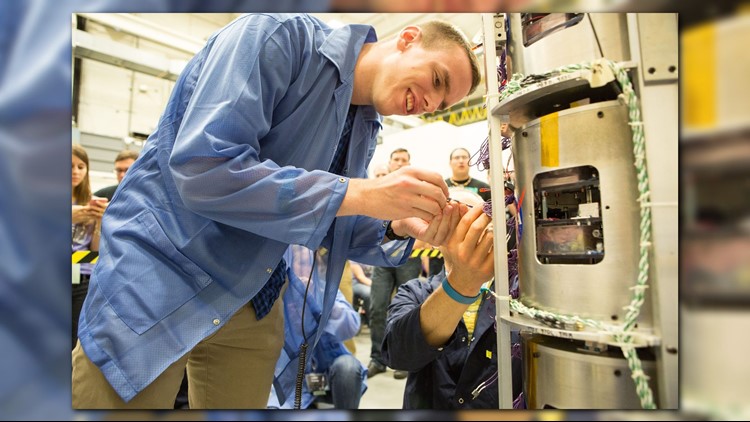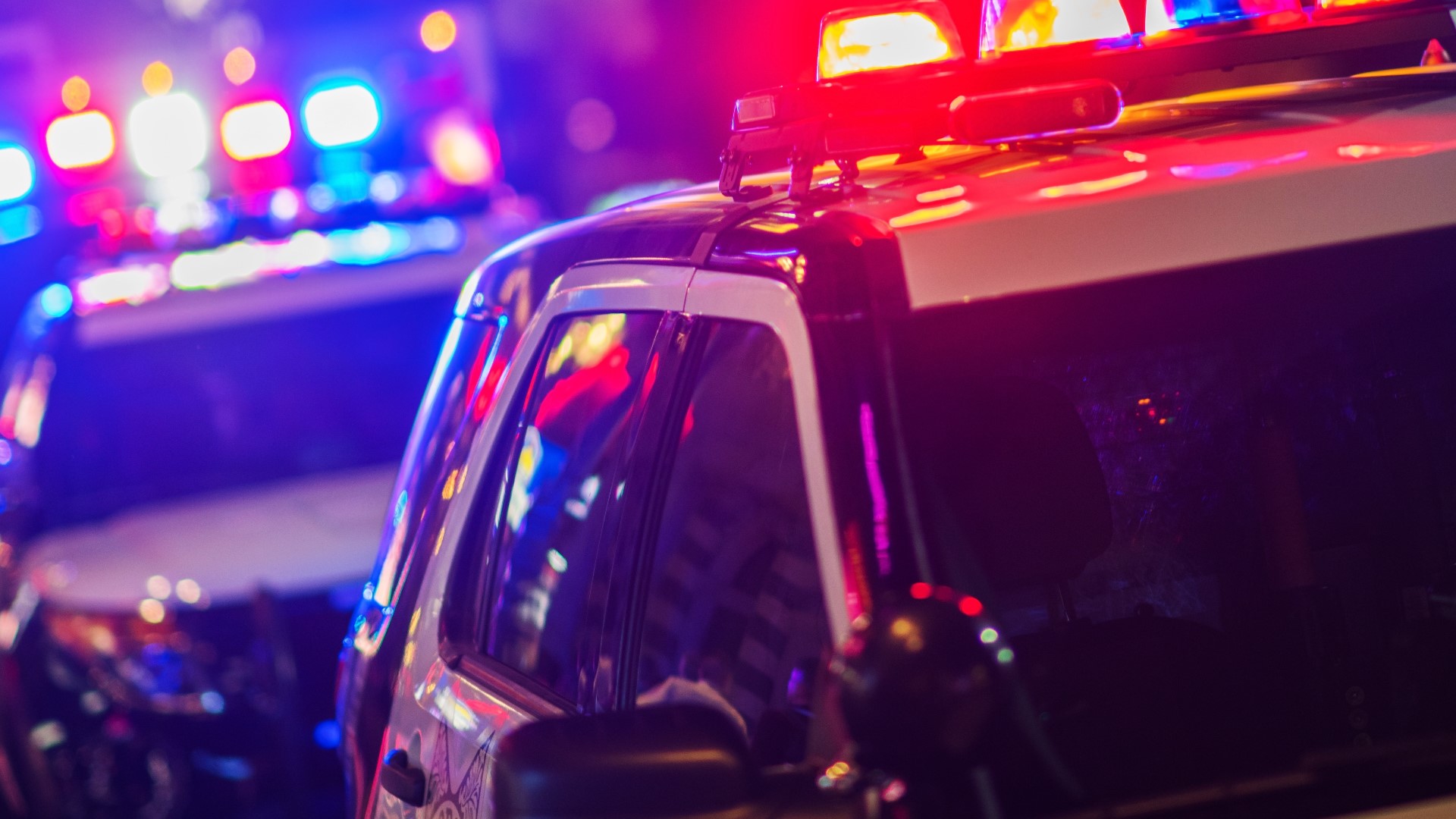WALLOPS ISLAND, Va. (Delmarva Now) -- Almost 200 college students and teachers from around the United States, and another 20 high school teachers, are at NASA Wallops Flight Facility for Rocket Week.
The week runs June 15-22.
Students and instructors during the week build experiments to be launched Thursday morning at 5:30 a.m. aboard a Terrier-Improved Orion suborbital sounding rocket, through the RockOn! and RockSat-C programs, according to a press release.
The rocket is 36 feet long and the payload weighs 667 pounds.
The high school teachers are learning ways to apply rocketry basics in their curriculum through another program, the Wallops Rocket Academy for Teachers.
“Rocket Week provides the participants with the opportunity to receive an authentic, hands-on learning experience. For the RockOn! and RockSat-C students, they are able to apply what they’ve learned in their courses and gain an invaluable experience for their careers. For the WRATS educators, they learn from engineers here at Wallops practical applications that can be applied in the classroom as they inspire the next generation,” said Joyce Winterton, Wallops senior advisor for education and leadership development.
The NASA Visitor Center at Wallops will open at 4:30 a.m. Thursday for viewing the flight. Live coverage of the mission is scheduled to begin at 5 a.m. on the Wallops Ustream site.
Launch updates are available via the Wallops Facebook and Twitter pages. Facebook Live coverage begins at 5:15 a.m. The rocket launch is expected to be seen from the eastern shores of Virginia and Maryland.
The rocket will carry 28 experiments (measuring acceleration, humidity, pressure, temperature and radiation counts) from the RockOn! Program and several experiments from nine schools in the RockSat-C program and more than 80 small cubes with experiments developed by middle school and high school students as part of the Cubes in Space program, a partnership between idoodlelearning inc. and the Colorado Space Grant Consortium.
The rocket will fly the student experiments to nearly 73-miles altitude.
The experiments will land via parachute in the Atlantic Ocean, where they will be recovered by boat. Participants should have their experiments returned to them later in the day to begin their data analysis.
Conducted with the Colorado and Virginia Space Grant Consortia, RockOn! is in its 11th year, RockSat-C its 10th year and WRATS is in its eighth year.
“NASA has been supporting all three programs for many years, showing the value of this type of learning experience,” said Giovanni Rosanova, chief of the NASA Sounding Rocket Program Office at Wallops. “Sounding rockets and all of NASA’s suborbital programs provide a unique opportunity for hands-on and experiential learning for students.”
Participants in RockOn! receive instruction on the basics required to develop a scientific payload for flight on a suborbital rocket. After learning the basics in RockOn!, students may then participate in RockSat-C, where during the school year they design and build an experiment for rocket flight, the press release said.
Chris Koehler, director of the Colorado Space Grant Consortium, said, “This year we have the largest class for RockOn! in its 11 years with nearly 100 participants. Working with NASA personnel, building an experiment and watching it fly into space is something the participants find exciting and some of the reasons this program continues to grow.”



